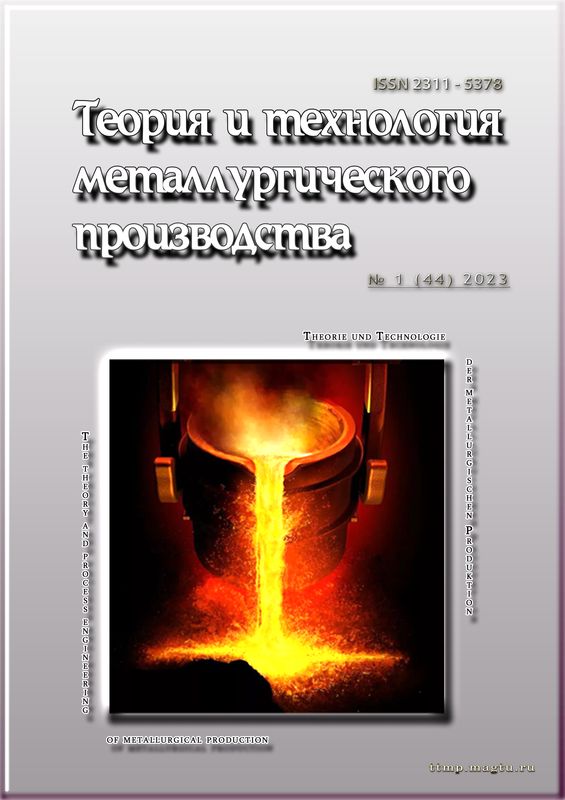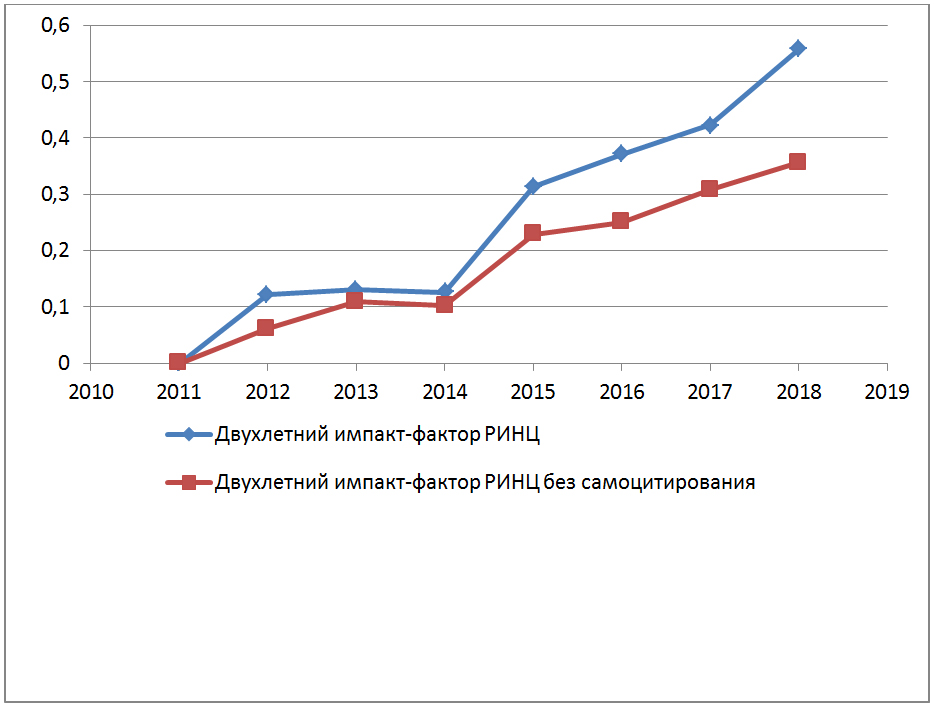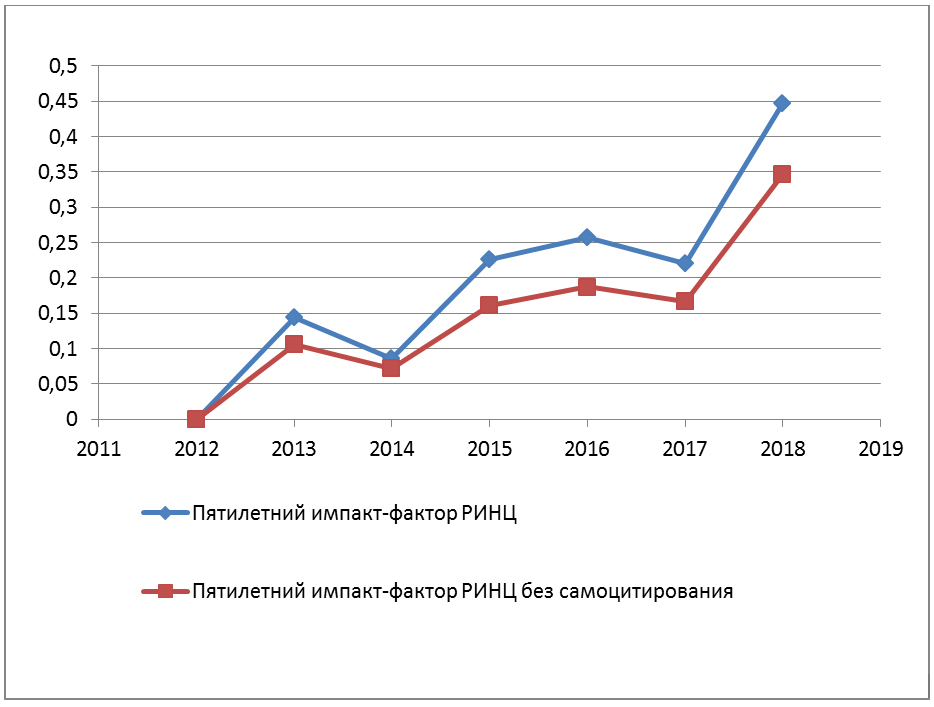Abstract
The work analyzes the influence of technological parameters on sorting for cleaning the surface of a square workpiece and the development of recommendations for minimizing the level of sorting for surface defects of 3ps steel. Negative segregation of carbon, sulfur and phosphorus was noted in both the lower and upper (sub-profit) sections of the ingot in the area of the dense metal bridge. In the profitable part of the ingot, the content of these elements increases. The change in the chemical composition along the axis of the ingot shows that with increasing height of the ingot, the distribution of liquids is non-uniform. In the lower part, the content of liquids is lower than the steel grade composition; with increasing ingot height, their content gradually increases, reaching a maximum in the profitable part. Analysis of the results of general contamination of cast metal with various types of inclusions showed that the predominant type of inclusions are oxysulfides, and then, in decreasing order, sulfides and oxides. Analysis of the parameters of the cast metal structure showed that with increasing distance from the side edge to the ingot axis, the value of the interaxial distance on the upper and middle horizons increases, and on the lower one decreases. The nature of the change in the volume fraction of dendrites has an inverse relationship with the interaxial distance. An assessment of the micro-structure showed that the ingot exhibits a Widmanstätt ferrite structure. Moreover, with increasing distance from the surface of the shell, the needle-like structure of ferrite becomes more pronounced. As solidification progresses, the in-tensity of movement of the solid phase decreases, the interaxial distance increases, and the density of the crystal axes increases. As a result, favorable conditions are created for the release of non-metallic inclusions in the metal layers ad-jacent to the walls of the shrinkage cavity, which is expressed in an increase in the overall contamination with non-metallic inclusions. The increase in the content of inclusions in the layers adjacent to the surface of the secondary shrinkage cavity in the upper horizons becomes more pronounced. The main reason for the distribution of liquids along the height of the ingot is the different speed and conditions of solidification at different horizons of the ingot. The de-velopment of zonal heterogeneity is greatly influenced by the height and cross-section of the ingot, and the larger they are, the stronger the development of macrosegregation. The geometric parameters H/D and taper almost completely determine the zonal structure and structural features of the solidifying ingot, and control of these parameters makes it possible to obtain workpieces with a given structure and controlled location of defects.
Keywords:
3ps steel, sorting for stripping, segregation processes, macrosegregation, square billet, geometric parameters and mold taper.





